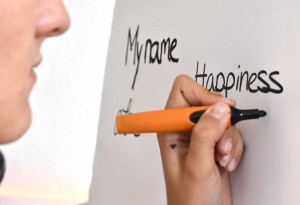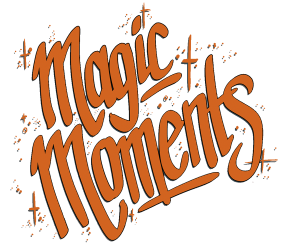Why is Visual Strategy essential for Vision, Goal Achievement and Change?
Content
Toggle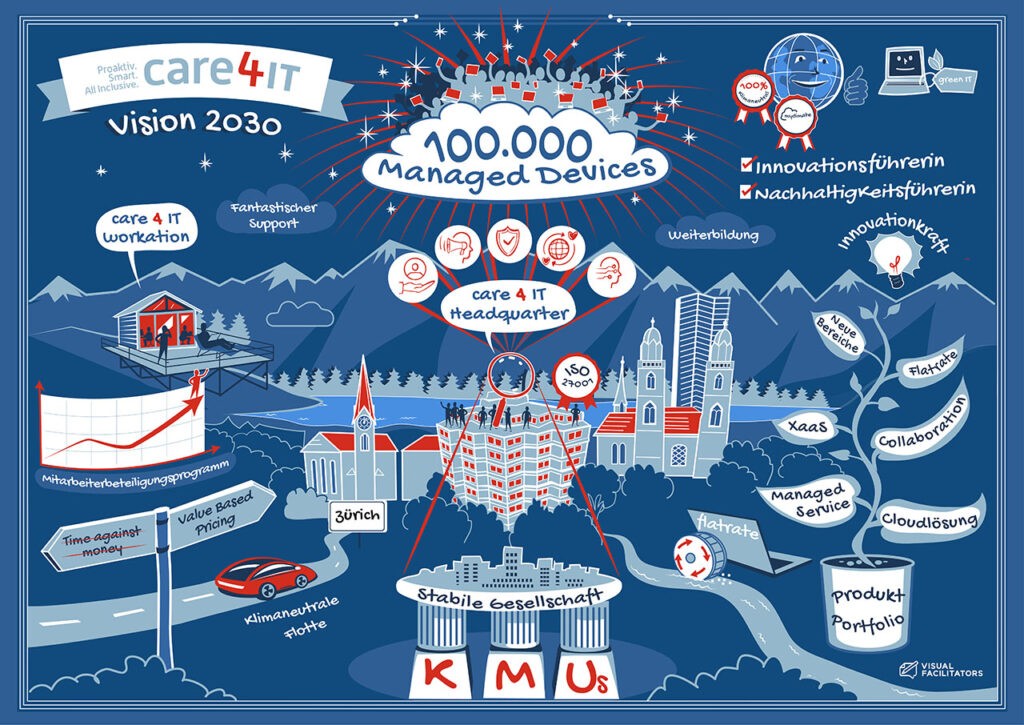
Visual Strategy: The Initial Situation
An entrepreneur has to face enormous complexity, both outside in the world and in his own sphere. Both, world and conditions, rapidly change and require continuous adjustment of processes. Such process design is based on a strategy. It gaps the tension between the question “Where do we come from?” and “Where do we intend to go?”. And it is precisely in this liminal area that any need for change lies. To face this, you have a choice of so many ways and means of doing this, regardless of whether your need for change is small or large. However, there is often the challenge of how to address and reach all parties involved – customers, employees, shareholders, etc. Speaking a common language is therefore essential and a prerequisite for achieving any vision or goals. When dealing with the aforementioned gap or tension, an inner picture emerges. And then often, this gets written down. A picture of the future emerges. And it is a strategic picture that is not self-explanatory. For clarification, an explanation or shared language is needed. The way to achieve this is through storytelling. Images and visualization significantly help here. Think: strategy visualization. The strategy visualization is a Big Picture and thus offers a wealth of different entry points – instead of a one-way linear path through the material, just like PowerPoint would do. Even with this openness and the potential, there is a central theme in a strategy picture, provided it is high-end visual strategy. This is where the wheat is separated from the chaff.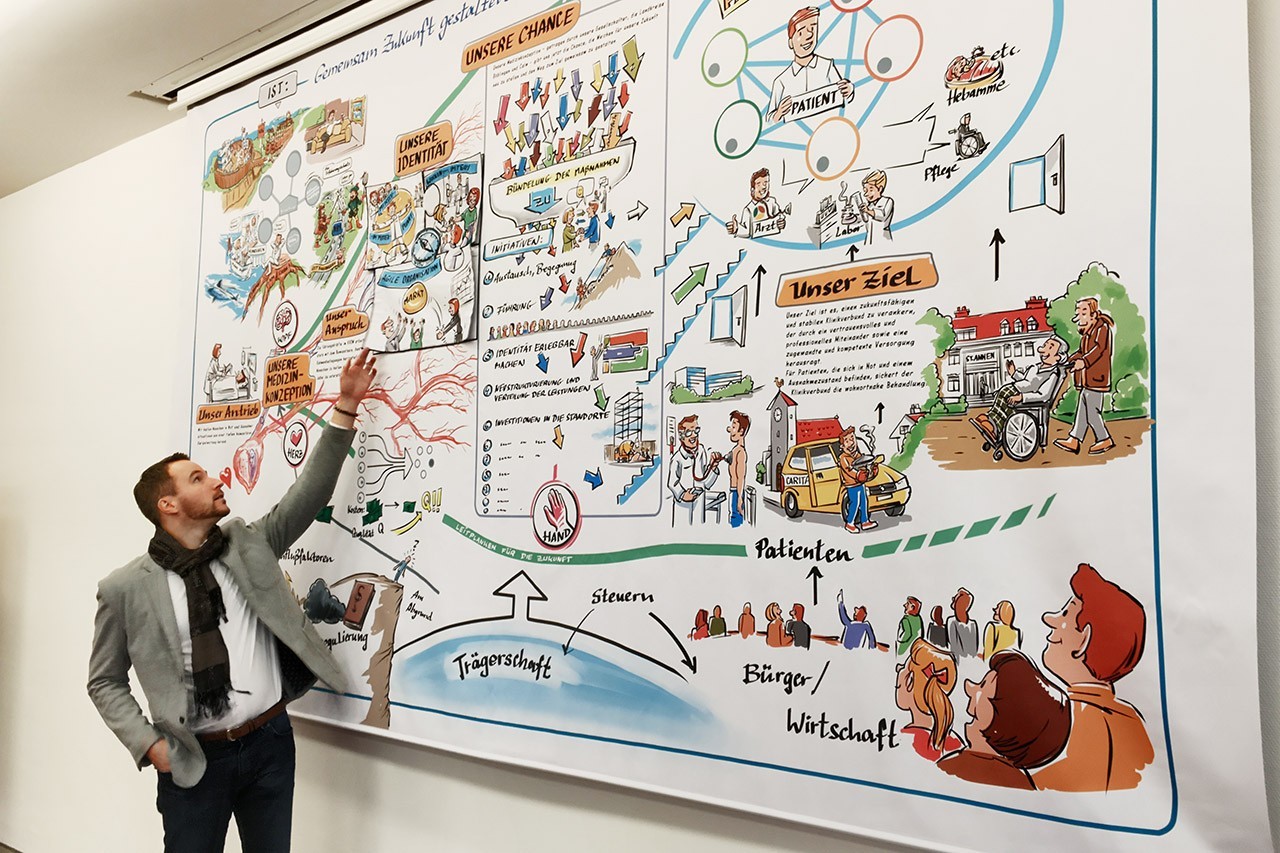 Our customer b_werk put it in a nutshell:
“The increasingly dynamic general conditions have direct impact on our organization. This requires a form of representation that helps making change tangible, …that promotes a weaving of potentials, …that reaches people and engages them, …and thus strengthens the future viability of the company. This form of depiction is the “Big Picture” with a clearly identifiable core theme.”
This statement coincides 100% with the intention and purpose of Visual Facilitators. The common thread leads from an initial challenging situation (with numerous influencing factors) via a change or strategy process to a state of being ready for the future. This three-step process is usually the same for all organizations:
Our customer b_werk put it in a nutshell:
“The increasingly dynamic general conditions have direct impact on our organization. This requires a form of representation that helps making change tangible, …that promotes a weaving of potentials, …that reaches people and engages them, …and thus strengthens the future viability of the company. This form of depiction is the “Big Picture” with a clearly identifiable core theme.”
This statement coincides 100% with the intention and purpose of Visual Facilitators. The common thread leads from an initial challenging situation (with numerous influencing factors) via a change or strategy process to a state of being ready for the future. This three-step process is usually the same for all organizations:
- Initial situation,
- Framework for action,
- Target state.
- Uncertainty – acknowledge and resolve
- Complexity – understand and simplify
- Innovation – capture needs, then focus
- Teams – strengthen employees and cohesion
- Culture – support corporate culture
- Scale – plan and make feasible
- Stakeholder engagement – reach people
- Vision – gather “North Star” commitment
- Purpose – bring alignment into clarity
- Visibility – reach leads and customers
- Digitization – understand and communicate easily
And what is not a Visual Strategy?
The first thing to mention here is Graphic Recording. This visual tool is delivered live and in real time. It also ends with the session or meeting. Graphic Recording addresses a very different target group in a completely different context. Furthermore, infographics, visual facilitation images, process visualization, presentation visuals created for PowerPoint or simply illustrations are not visual strategy work. This is because: visual strategy deliverables are project- and story-oriented. They are created in a very process-related way and are aimed at a target group which is supported in their process through the visual, sometimes even without having been present during the development of the visual strategy.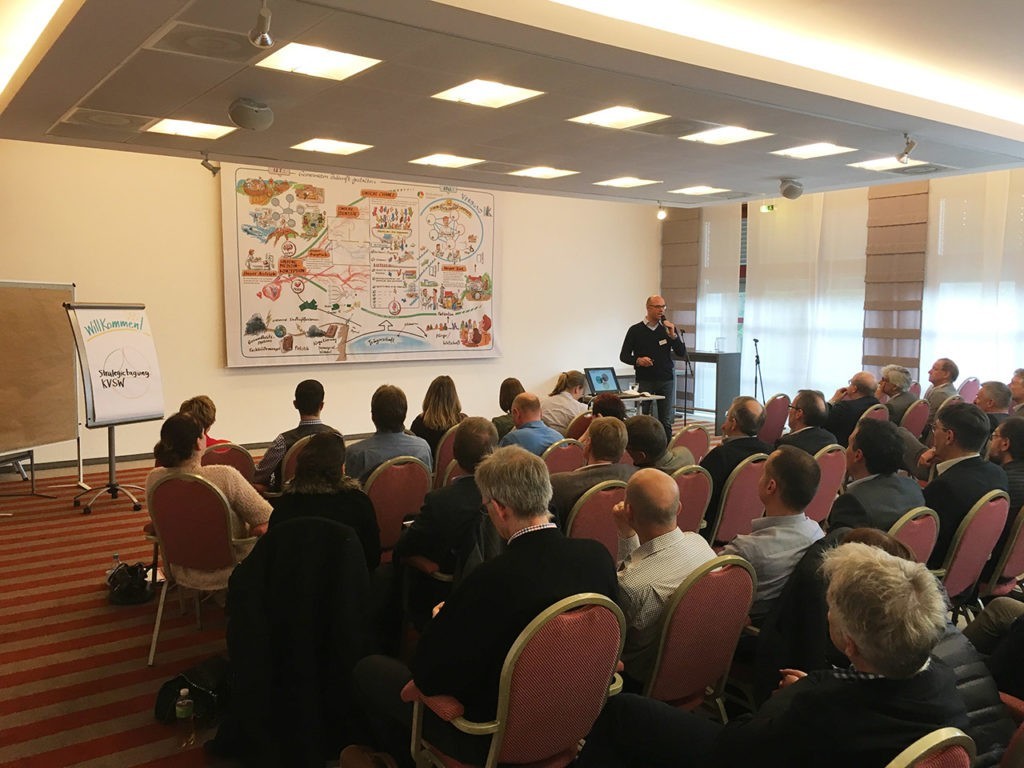
Visual Strategy: The Creation Process
The unfolding of these steps and the strategy is usually kicked off by an internal pilot group, by an existing project, or often by an ad-hoc need. The implementation is in turn facilitated by an internal project team, a change management process or internal experts, often also supported externally by facilitation. It doesn’t matter whether it is a large-scale transformation lasting several months (e.g. for a comprehensive change map as a visual strategy) or an ad-hoc need, as mentioned above (e.g. for a quick vision-target picture as a strategy visualization for a meeting or a personal project). The core of this process, which you as our client go through, clarifies questions like:- What goal-related questions need to be asked in the first place?
- How can we find answers and which ones need to be found?
- What are the next steps?
- What does being ready for the future mean for us in this context?
Concrete examples from the field are:
- Where will we be in our new market in three years’ time?
- How do we get through this crisis well in face of rising energy costs?
- How can our team become better in hybrid collaboration?
- Where will our digitization project be in 2 years?
- How does successful onboarding of employees or customers look like?
- How does our vision connect regional cohesion and the local economic space?
- How do I master the crisis?
- What is my personal vision for the future as a leader?

Who needs a Visual Strategy or a Target Picture? Who benefits from it?
First and foremost, of course, CEOs and entrepreneurs. With them as the core decision makers, the most impactful and quickest strategy visualizations are created. Furthermore, there are to be mentioned:- Managers and division heads: e.g., to communicate goals and vision.
- Project managers and internal change managers: e.g., to support digitization projects and enable participation.
- Human resources and personnel development: e.g., to promote employees and take them along.
- Marketing and sales: e.g., to explain a complex offer in a simple way.
- Briefing,
- Concept workshop incl. draft,
- Detailed elaboration in versions incl. feedback loops until finalization,
- Roll-out consultation.
Visual Strategy: The Structure
Layouts of such a strategy visualization come in a wide spectrum of possibilities, in a best case fully tailored to customer situation, nature of the in-house process or size of the project. Important: Even for a small project, a visual strategy is worth considering. Be it only for a meeting, which aims to end with a really good result, e.g. a mutual understanding of any kind of definition or to support cultural change. The possible structure of the visual strategy can be, just as an example:- From old (left) to new (right), from today to tomorrow, from past to future,
- Depicting the phases of a change processes that is already ongoing in the organization,
- From ideas to action, from values to mission, to vision, to goals and then strategic tactics of implementation,
- An appropriate core metaphor e.g. a path, a vehicle, a landscape, a situation,
- A layout with a vision centered in the middle and numerous influencing factors around it.
Visual Strategy: Putting it into Practice
Of what help is the best strategy or the most sophisticated strategy visualization if it is not put into practice? The many entry points already mentioned help with implementation. For example, a starting point showing a challenge on the bottom left or a goal displayed on the top right. Milestones, metaphors, and visual elements are found throughout the strategy visualization. These starting points are picking up people. Nevertheless, for a good implementation, the whole story has to be explained, i.e. all important elements have to be mentioned, no matter if it is a target image, mission statement, future image or a visualization of values. Depending on the scope of the process, a visual strategy can also be developed further – be it in versions or even in animated form as an explanatory video.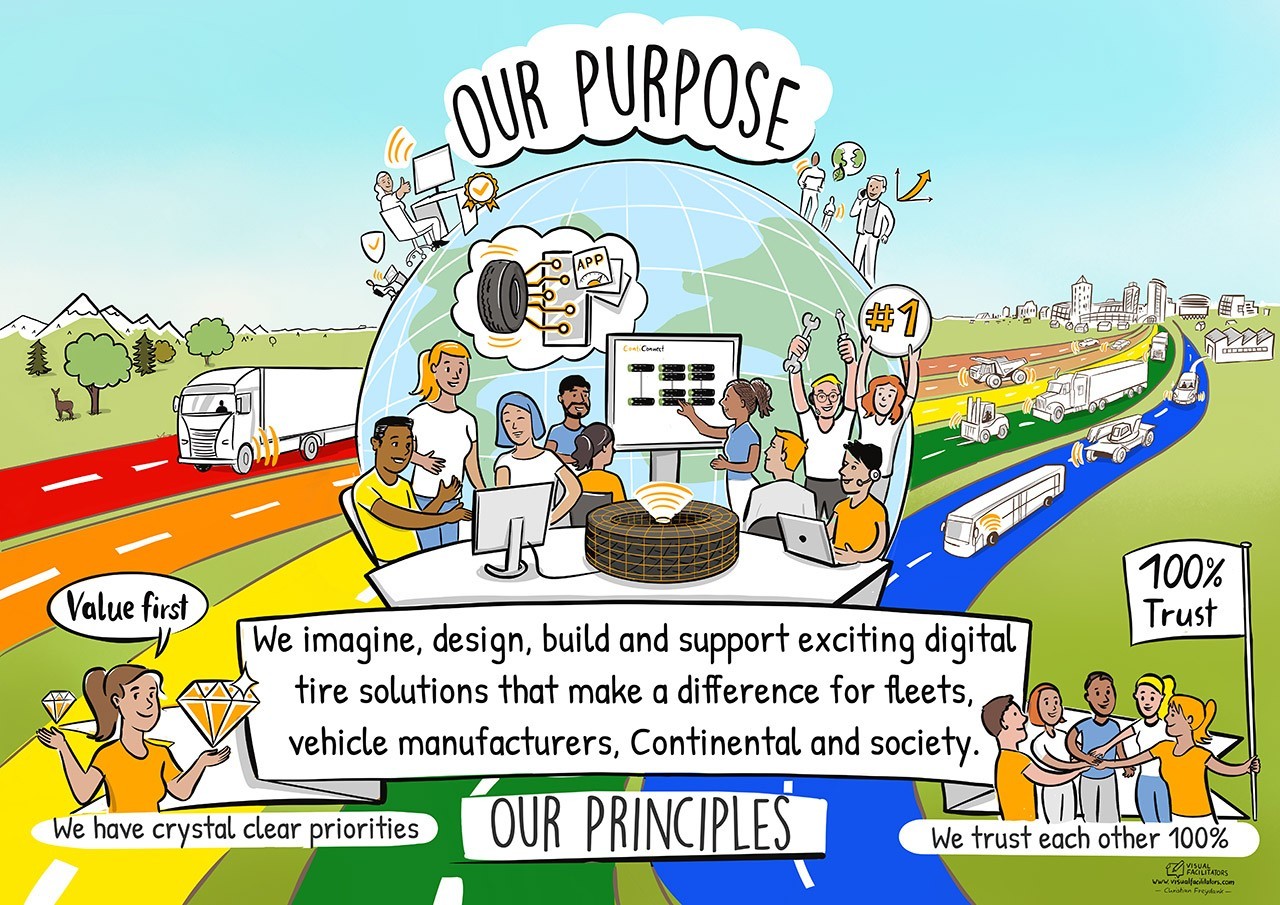
A Visual Strategy? Is that an overkill?
Perhaps you have already gone through many workshops. You’ve worked countless hours in your strategy process, and are now asking yourself the question: Invest even more? For a “visual strategy”? For feedback cycles? And last but not least for the roll-out? The answer is quite clear: Yes. It’s worth it! Because such a strategy visualization provides a main contribution element for your staff or client communication. In other words, it is a crucial success factor. Especially in regards to the VUCA world (volatile, uncertain, complex, unpredictable) we are in, which makes it even harder to communicate where the journey is going or what the strategy is. A Visual Strategy is an important key to success. Change, transformation or target processes need simple messages in order to reach everyone – from executives to ordinary staff members. Just words, text or PowerPoint don’t go far enough at all. The strategy visualization is way more comprehensive. It communicates more: The essence is revealed, but everything else that is important becomes visible as well. Complexity is thus made explainable. Your message gets across. Strategy Visualization can be seen as “holistic”. It shows the interconnectedness and interrelation of all elements. This is exactly where PowerPoint, for example, is limited due to its linear approach (slide 1, slide 2, slide 3…). A story can be told based on the visual strategy. And should also be communicated in the implementation phase. Preferably just after after the creation of the strategy visual. As such a visualization has an expiration date. Why? World and circumstances change. Timing its communication is therefore critical to success. We advise our clients on how their visual strategy image with a solid roll-out consulting, providing tips and recommendations towards the end of each project.Advantage Visual Strategy: A huge upgrade for your Transformation
Like a strategy process itself, a visual is constantly evolving. Updates, changes, and new information can be included and made visible. A robust approach is therefore iterative, similar to a prototyping process. An impression that the strategy visualization is somehow “unfinished” is often okay or even intended. In the development process, we work in a participatory way and move ahead from version 0.1. to 0.5 to 0.9 until reaching 1.0 for the roll-out. Via feedback and updates, further versions can be added. In this way, we successively move forward in the transformation!Conclusion: Visual Strategy – one for all
- The strategy is understood and implemented by the employees.
- A crisis situation can be mastered because everyone is on board.
- A vision is lived by the employees and everyone pulls together.
- A series of goals is better achieved and accelerated.
- A positioning on the market is presented and gives unmistakable clarity.
- An offer is understood by potential leads and supports sales conversion.

